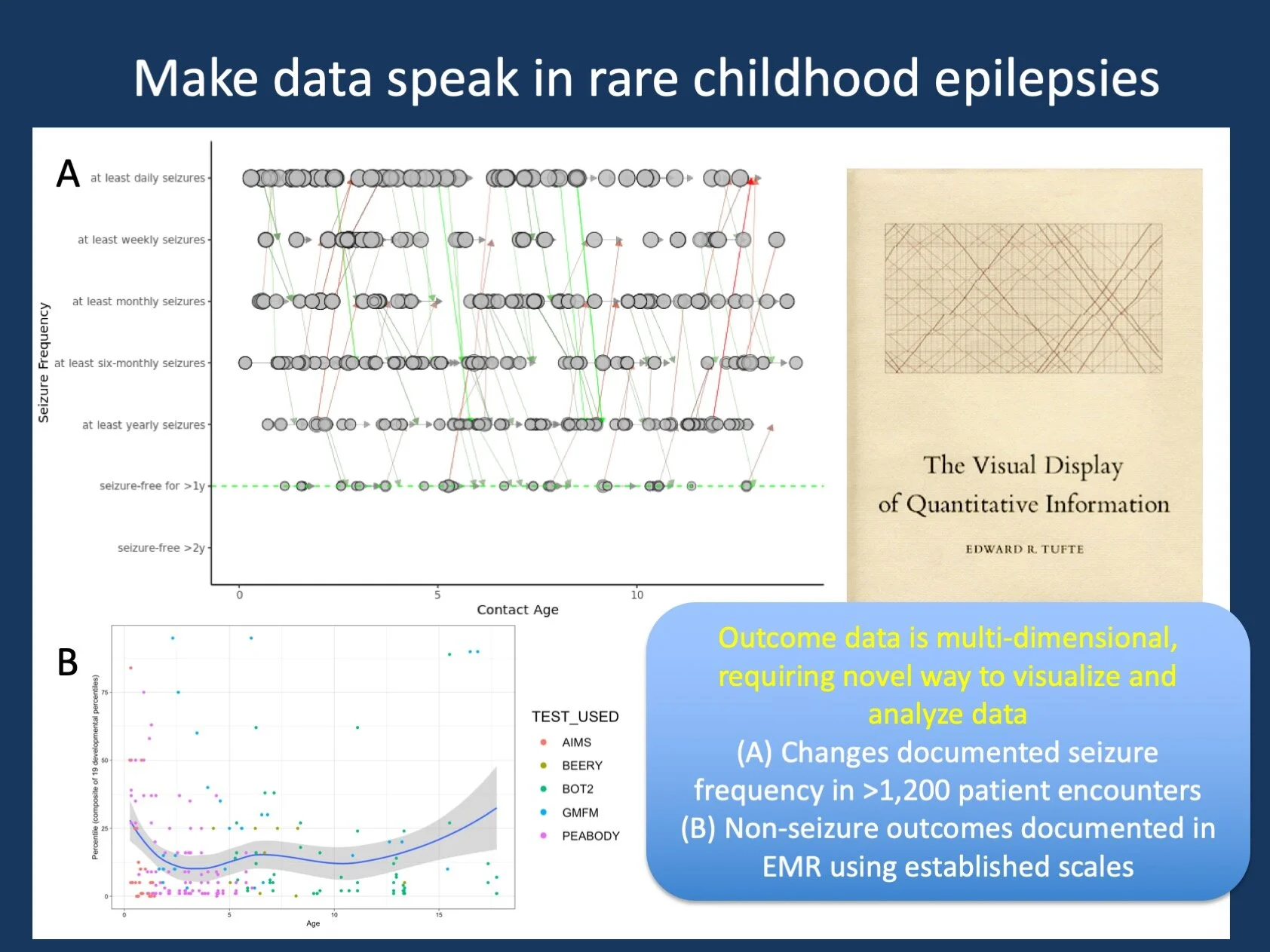Ten steps ahead while six feet apart – telemedicine in child neurology
Telehealth. Yes, looking at my last post, this blog has been silent for a while. With the COVID-19 pandemic ongoing, it has been difficult to find a good launching point to write about genetic epilepsies again without somehow feeling that I’m missing the point with regards to the major challenges that the epilepsy genetic community is facing in 2020. But was has actually happened in epilepsy genetics in the United States during the pandemic?
Epi25 – redefining epilepsy genetics through exomes of 17,000 individuals
The Epi25 study. On August 1, the Epi25 study was published in the American Journal of Human Genetics. Epi25 is the major, international effort to understand the genetics of common and rare epilepsies through exome sequencing, and our current study now presents the first results on what we can see if we look at the genetics of the epilepsies in thousands of individuals, including more than 9,000 persons with epilepsy and 8,000 controls.
How common is rare? A population-based study into genetic childhood epilepsies
What is the most common monogenic cause of epilepsy? This is a question we often ask students and trainees who rotate with us in our Epilepsy Neurogenetics Clinic. This is not meant to be a trick question, and the answer we previously sought was based largely on published studies, estimates of population frequency of individual genetic epilepsies, and our own clinical experience. And we are sometimes surprised by how skewed such a view can be.




















